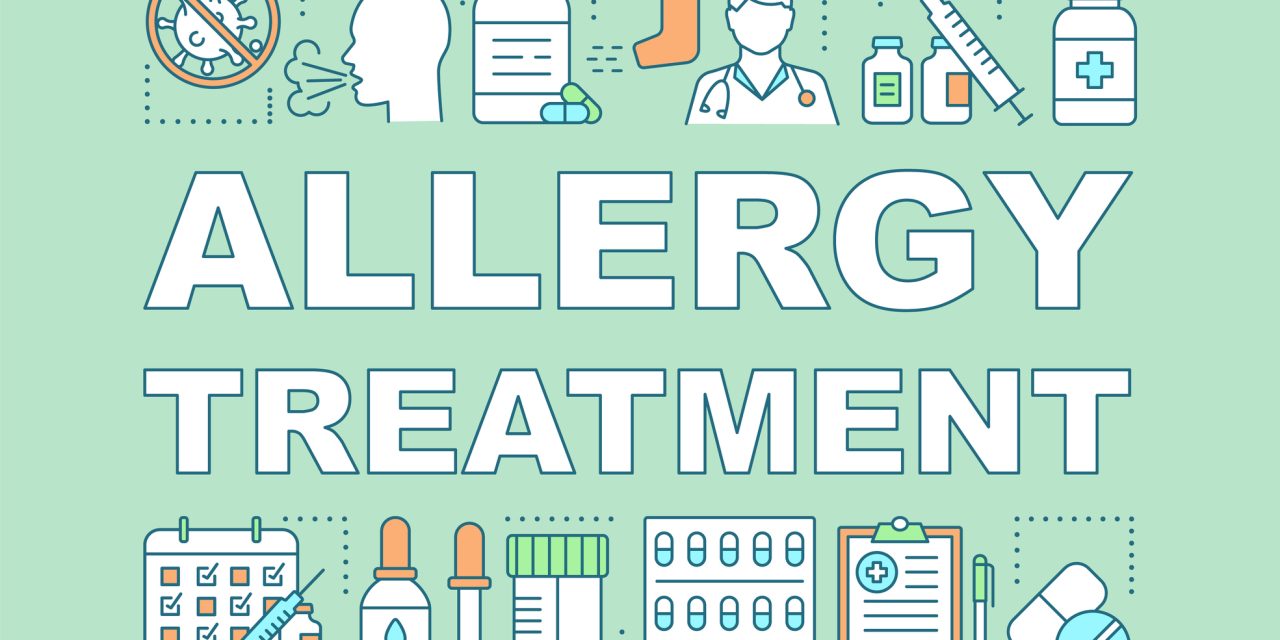An epidemic of thunderstorm asthma in pediatric patients occurred in Yulin, a northwest city of China, on 11 September 2018. We described the epidemic and retrospectively analyzed the demographic and clinical aspects of the involved children.
The caseload data of patients were collected from the hospital information system in Yulin Pediatric Hospital. The detailed document of hospitalized children with thunderstorm asthma was sourced from the medical records.
The mean number of daily visits to emergency/outpatient department and the daily admission to hospital were 2.7 and 16 times, respectively, than on the other days of September. A gender prominence of males was observed in both emergency/outpatient and inpatient department. Among the 51 hospitalized children with detailed medical records, 56% of them had never experienced or were diagnosed with asthma and 25% had confirmed diagnosis of asthma. Sixty-seven percent had a history of allergic rhinitis during August and September. Seventy-six percent of the hospitalized children presented as moderate asthma. Ninety-four percent of the pediatric patients had positive IgE against mugwort pollen and 78% were monosensitized to pollen.
Thunderstorm asthma can affect children, especially who has allergic rhinitis or asthma without preventive management. Mugwort is also an aeroallergen in thunderstorm asthma attacks.
Thunderstorm can induce asthma attacks in children with allergic rhinitis owing to mugwort and aggravate symptoms in children with confirmed diagnosis of asthma.Children with mugwort allergy are susceptible to thunderstorm asthma and a preponderance of boys was observed.Better identification of allergic children to mugwort, giving suitable protective measures during thunderstorm and standard therapy to existing allergic situation could be a benefit for children at risk of thunderstorm asthma.
Retrospective analysis of epidemic thunderstorm asthma in children in Yulin, northwest China.


